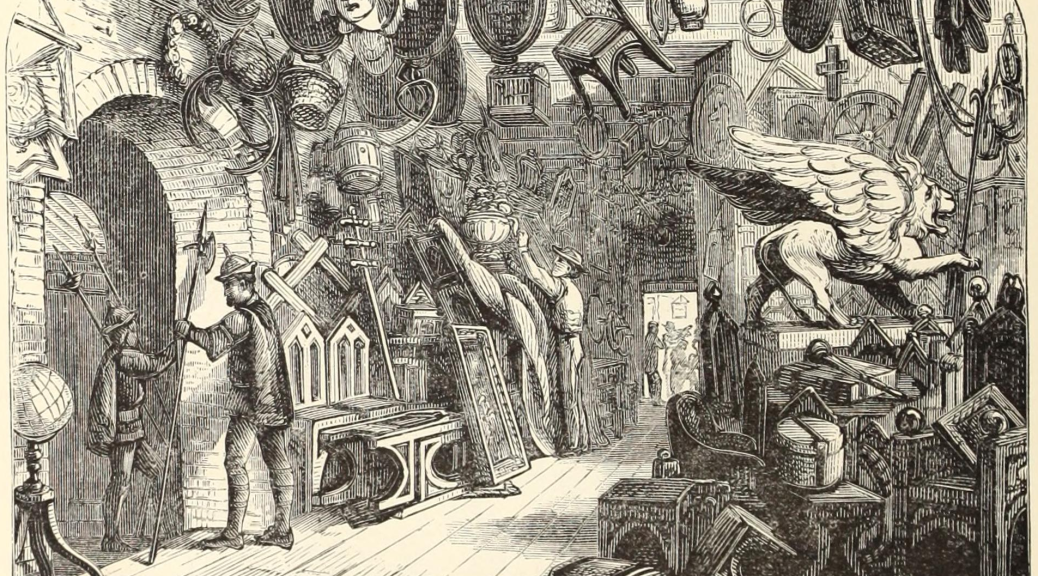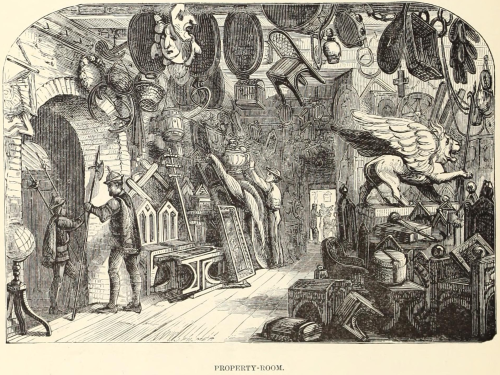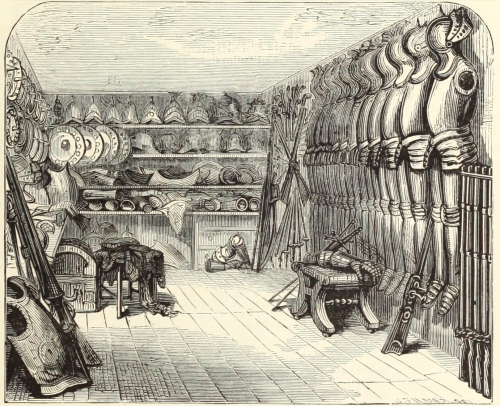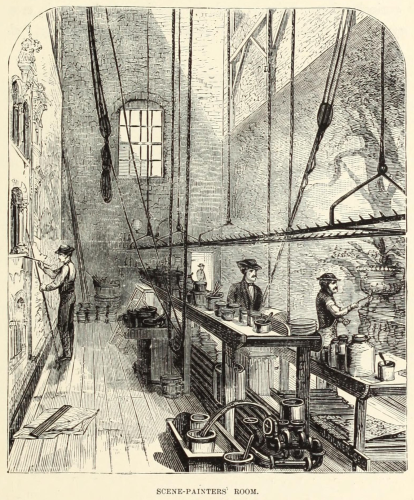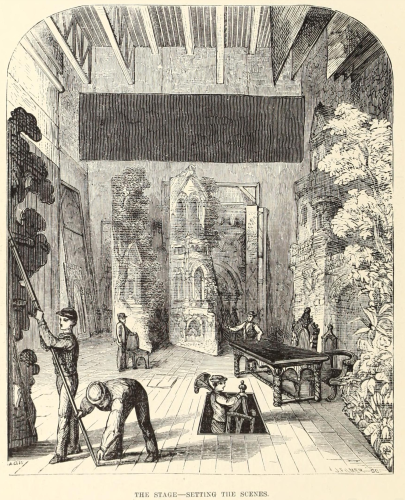The following article comes from an 1896 article in The New York Times:
Edmund M. Holland Destroyed $5
In the first act of “A Social Highwayman,” at the Garrick Theatre, a game of poker is played. One of the players, William Norris, puts a fifty-dollar bill, stage money, on the table and makes an uncomplimentary remark about thieves just as Edmund M. Holland, who plays the part of a valet, is entering the room. Mr. Holland approaches the table when nobody is looking and steals the fifty-dollar bill.
The property man forgot to give the bill to Mr. Norris last Wednesday night and Mr. Norris did not discover that he had forgotton to ask for it until he was on the stage. Then there was great finessing to get a bill without letting the audience know anything was wrong.
Finally Mr. Norris slipped toward the wings and asked several employes of the theatre to let him have a bill. The stage carpenter was the only financier in the party, and he promptly handed to the actor a five-dollar bill, good money.
Mr. Holland has a habit of destroying the stage money after he makes his exit. The act is unconcious and due to nervousness.
After the performance Mr. Norris went to Mr. Holland’s dressing room and asked that the stage carpenter’s bill be returned to him.
“Oh, I tore that up,” remarked Mr. Holland, pointing to a lot of pieces on the floor.
Mr. Norris said a few terse words, looked ruefully at the small pieces of greenback, and went sadly away.
He gave the stage carpenter $5 and tried to keep the story quiet.
First published in The New York Times, February 9, 1896.

